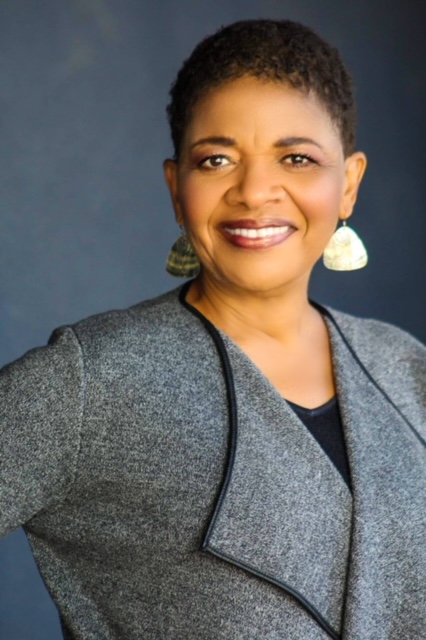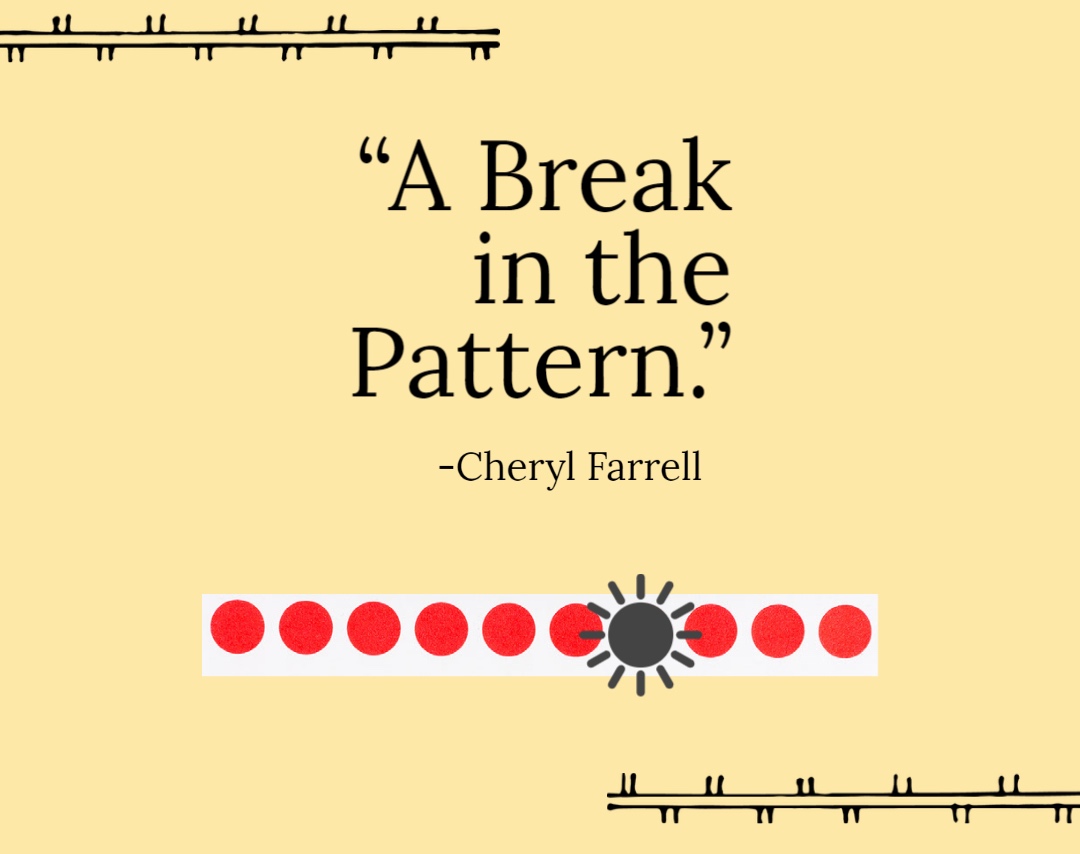Guest contributor Cheryl Farrell writes about beauty in an unexpected mermaid
As a young banker years ago, I sold financial services to corporate treasurers and other senior executives. I was among very few Blacks and women in the role at a large commercial bank headquartered in California. From the Los Angeles office, I arranged bank leaders and prospective clients to meet and close business deals.
On one occasion, I set up a lunch in the 50th floor executive dining room with five bank colleagues and five members of a potential corporate client. Being the only Black person in a room was second nature to me, but this event was different. When I surveyed the room, I realized how similar I was to the others.
Who is that person?
I stood at the head of a long rectangular dining table and offered greetings and remarks about the purpose of the meeting. My mind wandered as I spoke. I observed the body language of each guest to determine if I had their attention. As if a silent roll call, I cataloged the people at the table: white man to my left, another white man to his left, then another white man to his left, and so on until I stopped midway through the room. At that point, I saw an unexpected guest standing at the far end of the table.
I saw a Black woman and wondered, “Who is that person?” I didn’t invite her. She’s dressed nicely, but who is she? These silent questions occurred in a matter of seconds and I had negative thoughts after seeing the mystery woman.
As it turns out, the wall at far end of the room was a mirror that reflected both the LA skyline and the speaker at the head of the table. I was the unexpected guest—the Black woman standing at the table was me.
I have considered this story for decades as a reminder that even I can react to a break in a pattern of faces. I was no different from disapproving people who are surprised by the color of a person’s face. The important difference is that I didn’t cling to my suspicious reaction. I saw beauty in the foreign face in the room.
Beauty in the sea
This brings me to beauty found in the skin color of an imaginary sea creature—a mermaid—and why the mermaid’s color angers so many real people. Disney promoted its 2023 live-action remake of “The Little Mermaid” eight months before its planned release.
In the popular 1989 animated movie, the beloved lead character Ariel has white skin and red hair. In the remake, Ariel is played by Halle Bailey, an African American actress and Grammy Award-nominee.
Responses from little Black girls viewing the movie trailer are filled with squeals of awe and joy. “She’s like me!” “Is that Ariel?” “She’s Black!” These children gush with delight at the first sight of the beautiful Ariel singing. It’s heart-tugging to watch. Despite Halle’s huge fan base, her skin color in this role has sparked outrage. (Reminder: Ariel is a fictional character.)
A break in the pattern
The uproar about Black casting is certainly not a recent phenomenon. The same noise occurred when actress and singer Nichelle Nichols was cast as Star Trek‘s communications officer Lieutenant Uhura in the 1960’s. Many racial groundbreaking characters have come since then, but it’s particularly troubling when pushback applies to fictional characters−imaginary and fantasy. Their stories appear in news headlines as if make-believe defiles actual historical legacies.
Some say racism has no bounds. I don’t believe every person reacting negatively to Halle’s Ariel is inherently racist. For some, I believe there’s a cognitive impulse that I named, A Break in the Pattern. (I am not a social scientist, but my “research” is from living over 60 years as a Black woman in America.) Hostile comments about the new Ariel may be a primal reflex to identify a stranger as friend or foe, or whether to fight or flee. All manner of explanations are given about why a Black Ariel is wrong. In any case, imagined fear is no basis for attacking imaginary movie characters—or anyone, for that matter.
The break-in-the-pattern theory is not an excuse for racism. As humans, we impulsively operate with bias, just as I did in the mirrored dining room. However, we must rise above our primitive selves. We can then find beauty in all fictional sea creatures as well as in real people who share the earth with us.

Cheryl Farrell
Cheryl Farrell is a corporate communications consultant and performance storyteller in Southern California. She has decades of experience in healthcare, education, and financial services. Cheryl was an original cast member of the Jeopardy! Clue Crew and toured the world appearing in more than 1,000 video clips. As a public speaker, she often examines how older black women excel at the intersections of race, gender, and age. Cheryl has a master’s degree in Communication Management from USC and a bachelor’s degree in economics from UCLA. She is married and has two adult children.
Photo credit - NiketaCH Photography
Connect With Us on Social Media!
RECENT FAVES
Tips for Hitting the Road with Your Furry Friends
Part 1 of Kathlene McGovern’s 2 part series on the best and safest ways to travel with your furry friends!
I’m Just Curious
Dove Rose give us ideas on how to stay curious! Keep it Fresh in the Kitchen, on the Drive and in your Life. New ideas to keep our mind alive!
Living Unhoused for a Week: Ken Craft Takes to the Streets
Ken Craft of Hope of the Valley lives unhoused on the streets of the San Fernando Valley for 100 hours and shares the challenges, insights and struggles he faced on this journey.




